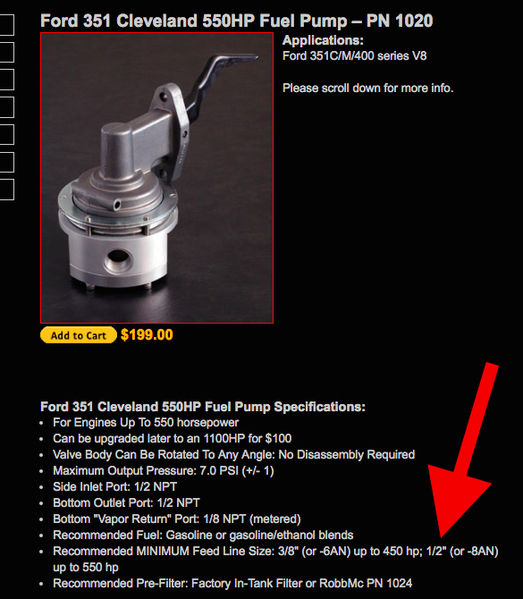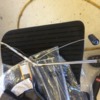Bonjour,
I have a modified Ford Cleveland 351C engine installed which generates, according to the simulation, a bit more than 500HP. Since engine rebuilt I have made now around 1500 miles and have started pushing the engine to higher revs. I have misfiring at 5200 rpm. Yesterday, I checked the fuel pressure at carburetor level (installed is a modified 600 CFM Holley (double pumper) from Bob Competition which is now at 720 CFM). I have a red Holley fuel pump installed which produces at idle slightly more than 6 psi. When pushing the engine I see the pressure dropping by around 1.5 psi. The needle is slight fluctuating, but I tend to conclude that at high engine power the fuel pressure is close or even slightly below 5 psi, which is below the level some people recommend for Holley carburetors and which could be the route cause of my engine misfiring. I was thinking that I should purchase a new more powerful fuel pump. The next bigger size is a blue Holley which comes with a pressure regulator. Do you think it is the right way to go? I’m scared that engine might run too lean at high rev and I could damage the engine. Do you have any advice, recommendations or experience to share?
Brgds
SIG





